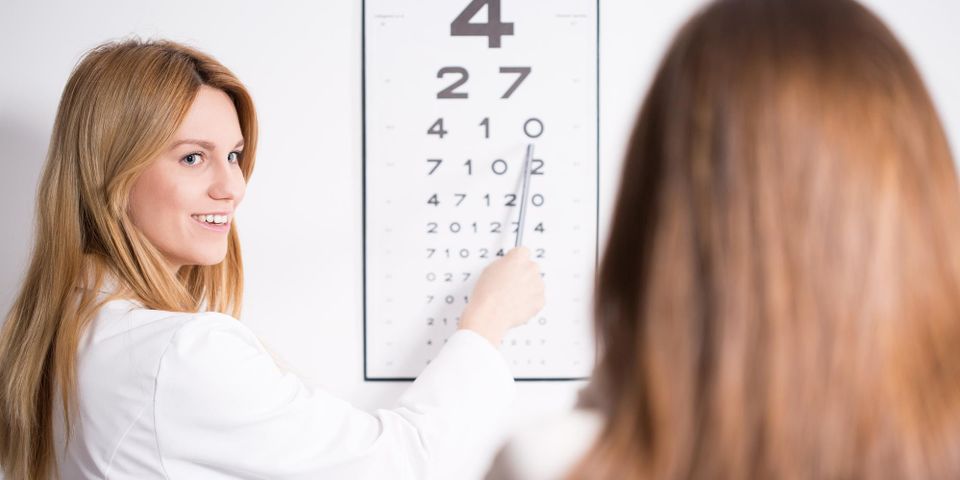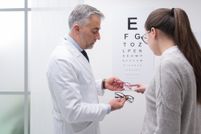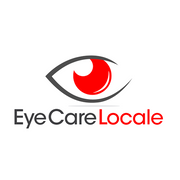
While you probably know that 20/20 vision is used by eye doctors to refer to the sharpness of your vision, you might not know what these numbers mean. This measurement expresses a person’s visual acuity, which helps diagnose common refractive errors. Below is a brief guide to what these numbers mean.
Snellen Eye Charts & Visual Acuity
A Snellen eye chart, which is the whiteboard with black letters you see at the eye doctor, establish how well a person can see. The letters on top are the biggest, and they grow smaller the farther down the chart you go. During an exam, your doctor will instruct you to cover one eye and read off letters going down the chart.
 The results of this eye test show up as a fraction. If you have 20/20 vision, that means you can see what an average person sees when standing 20 feet away from the chart. People with worse vision will have a higher second number. For example, 20/40 vision means that you see the same object 20 feet away as the average person would see when standing at a distance of 40 feet.
The results of this eye test show up as a fraction. If you have 20/20 vision, that means you can see what an average person sees when standing 20 feet away from the chart. People with worse vision will have a higher second number. For example, 20/40 vision means that you see the same object 20 feet away as the average person would see when standing at a distance of 40 feet.
20/20 Isn’t Necessarily Perfect Vision
People with natural 20/20 vision have normal vision, meaning they don’t need corrective lenses. However, you can have better eyesight than 20/20. A person with 20/15 vision can see the same letters on the Snellen chart at 20 feet that another person could only see at 15 feet.
Glasses correct vision issues by changing the way light is focused on your eye. Both nearsightedness and farsightedness are caused by problems with the shape of different eye structures, such as the eyeball or cornea.
Eye exams not only help you understand your eyeglasses prescription, but they’re also crucial for maintaining eye health. In Dayton, OH, Eye Care Locale provides comprehensive exams that diagnose and treat issues like eye allergies, dry eye, and even glaucoma. Schedule an appointment with eye doctor Dr. Barry Gridley today by calling (937) 222-2452. You can also prepare for your appointment by visiting them online.
About the Business
Have a question? Ask the experts!
Send your question

